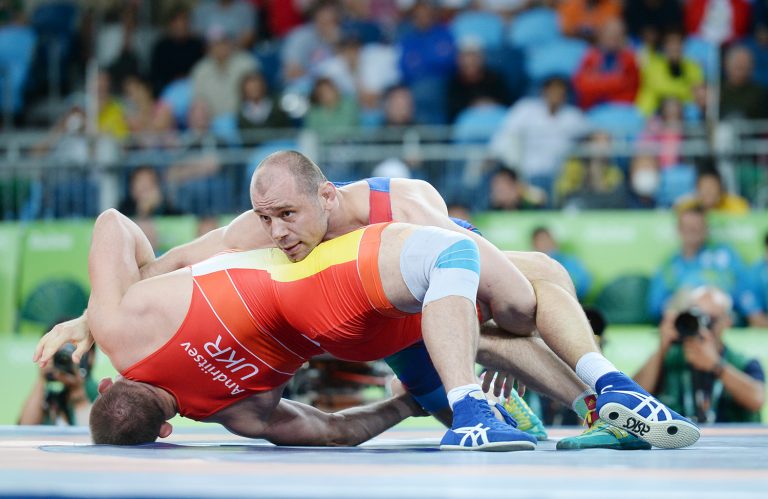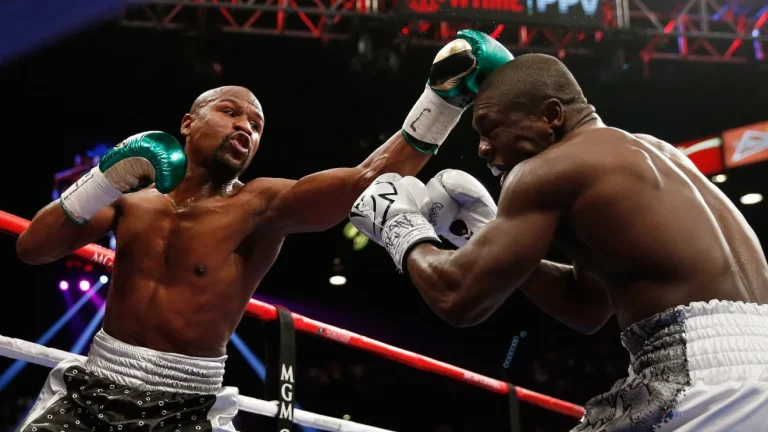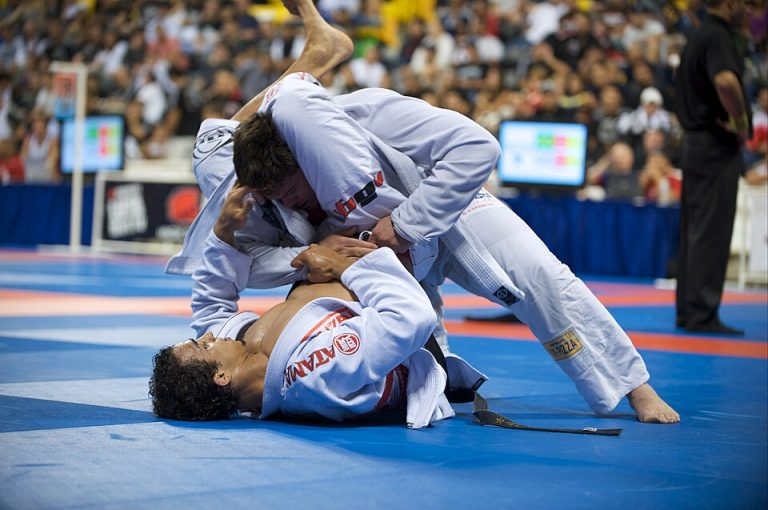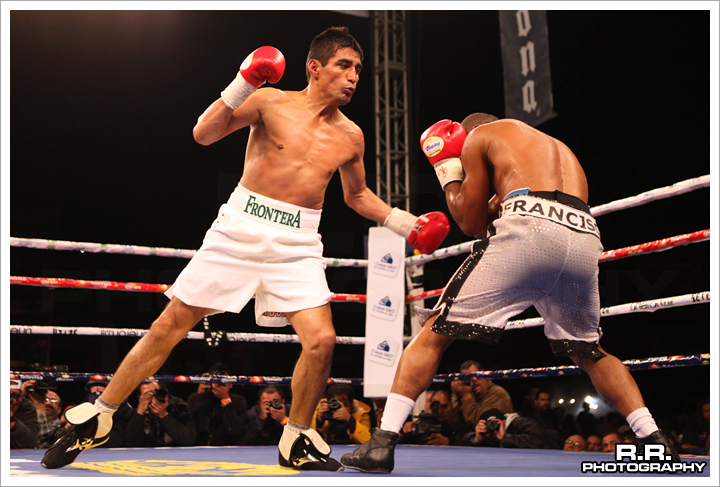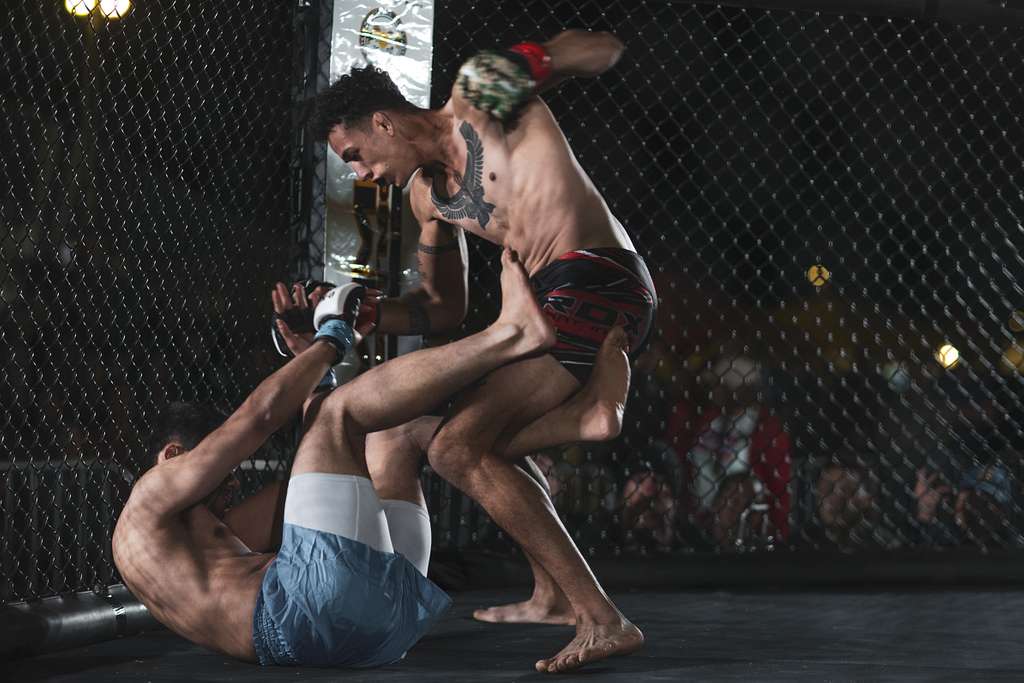
How often you should train MMA is one of the most common questions people new to mixed martial arts ask. There’s no clear-cut answer since it depends on factors like your current fitness level, age, health issues, and how long you’ve been training.
Mixed martial arts is the fastest-growing sport worldwide, and many believe it’s only a matter of time before it becomes the most popular martial art in the world. Unlike most martial arts, which tend to be restrictive, MMA allows participants to use the most striking and grappling techniques taught in martial arts like Brazilian Jiu-Jitsu, Wrestling, Sambo, Judo, Kickboxing, Boxing, and Muay Thai. The only moves banned in mixed martial arts are techniques that could cause severe injuries, like eye gouging, groin strikes, and biting. Most techniques used in a street fight are allowed in mixed martial arts, making it the most well-rounded martial art and the closest thing to a real fight.
With so many techniques to learn from various martial arts, you’ll need to be dedicated to your training to master this new martial art.
Figuring out how often you should train mixed martial arts weekly
When you’re first starting mixed martial arts, aim to train about three times per week if your body can handle it. You might have to train fewer times than that if it takes days for your body to recover from each workout. You can speed up recovery by properly warming up before training sessions and cooling down afterward. You can also use recovery tools like massage guns to speed up the process so you can train more often. An ideal training split for those new to MMA would be training on Mondays, Wednesdays, and Fridays. That way, your body gets 48 hours to recover between each workout. Most of the repairs it needs to make should be done by then. You then give your body two full days to rest on weekends so you’re ready to take on the following week.
If you plan to compete as a professional mixed martial artist, aim to train at least five times per week to keep up with the competition. When you have a camp for scheduled fights, you turn things up a notch. Many professional mixed martial arts fighters train up to two to three times daily, five days a week, when preparing for competitions. While this might seem too much for the body to handle, it isn’t if you strategically draw up a training program that gives you active rest as you train.
Crafting your training schedule based on your experience level
Let’s take a detailed look at how to schedule your MMA training based on your experience level:
1. New kid in the gym
Training about three times weekly is enough for beginners who are just starting. New students tend to be passionate about their training, which is the optimal mindset to have. Many of them would even try to train more than three times per week, even when their bodies aren’t ready for that level of stress.
Two to three times per week is ideal for beginners since it allows them to improve steadily without feeling overwhelmed with their training. Becoming great at mixed martial arts or other martial arts isn’t about learning as many techniques as possible. It’s about mastering the basics before moving on to more complicated techniques.
The average mixed martial arts class covers two to three techniques, so training three times a week gives you six techniques to master each week. At that rate, you’re likely to remember most of the techniques shown to you during class.
Training three times a week also gives your body more time to rest and build stronger muscles, so you’re ready for more advanced techniques.
If you’re out of shape when you start training, aim to train about twice a week. Space out your training schedule so your body gets a few days to recover from each workout. You’ll need the rest if strenuous physical activity is new for your body. It can take days to recover from a training session when you’re out of shape.
Mixed martial arts training is physically demanding on your body, and most people are not fit enough to sustain the physical demands of their training sessions. Fortunately, each training session gradually improves your physical fitness until you’re ready to handle a bigger load. Your first few months of training will put your joints, ligaments, and muscles through more stress than ever. You’ll be sore after most of your workouts until your body adjusts to the training. It’s crucial not to overtrain at this point since that denies your body the opportunity to repair damaged tissues and muscles between training sessions. MMA newbies should give their bodies time to recover before each training workout. You generally don’t want to go to the gym when your entire body is sore. That’s a sign you need more rest to recover.
You’ll be able to train more often as your fitness level improves. You’ll also find yourself dealing with less inflammation and soreness at that point.
2. Two to three months of training under your belt
After training three days weekly for a few months, your body adapts to the rigors of training. You find yourself barely getting sore after your workout, which signifies your body is now ready for a greater workload. Aim to train four to five times per week if your schedule permits. You can also add other physically demanding activities like weight training to your workouts.
3. After training for over six months
Six months into your journey, you’re now an intermediate mixed martial artist. You might start sparring harder and more often at this point or add an extra day to your training schedule. This is typically the point some students start considering competing as amateurs or professionals. If you decide to go this route, consider training multiple times at this point. For example, you might do most of your grappling training in the mornings and train striking in the evenings.
4. Turning pro
Professional mixed martial artists train about 25 hours weekly, spread across six days. This workload often increases when fighters are in camps for upcoming bouts. Some professional MMA fighters train up to three times per week. It’s a grueling lifestyle that isn’t for everyone, but that’s what it takes to succeed as a professional mixed martial artist.
Read more:
Ofotrain Treadmill Review: Is the Bowflex Treadmill 22 The High-end Workhorse It Promises To Be?
Francis Ngannou Wrestles His Way to First Title Defense
Best Home Gym Equipment: Top-3 Ranking
Here’s How Martial Arts Teaches Sportsmanship To Your Children


